Your Complete Guide To The Noosa National Park, Australia
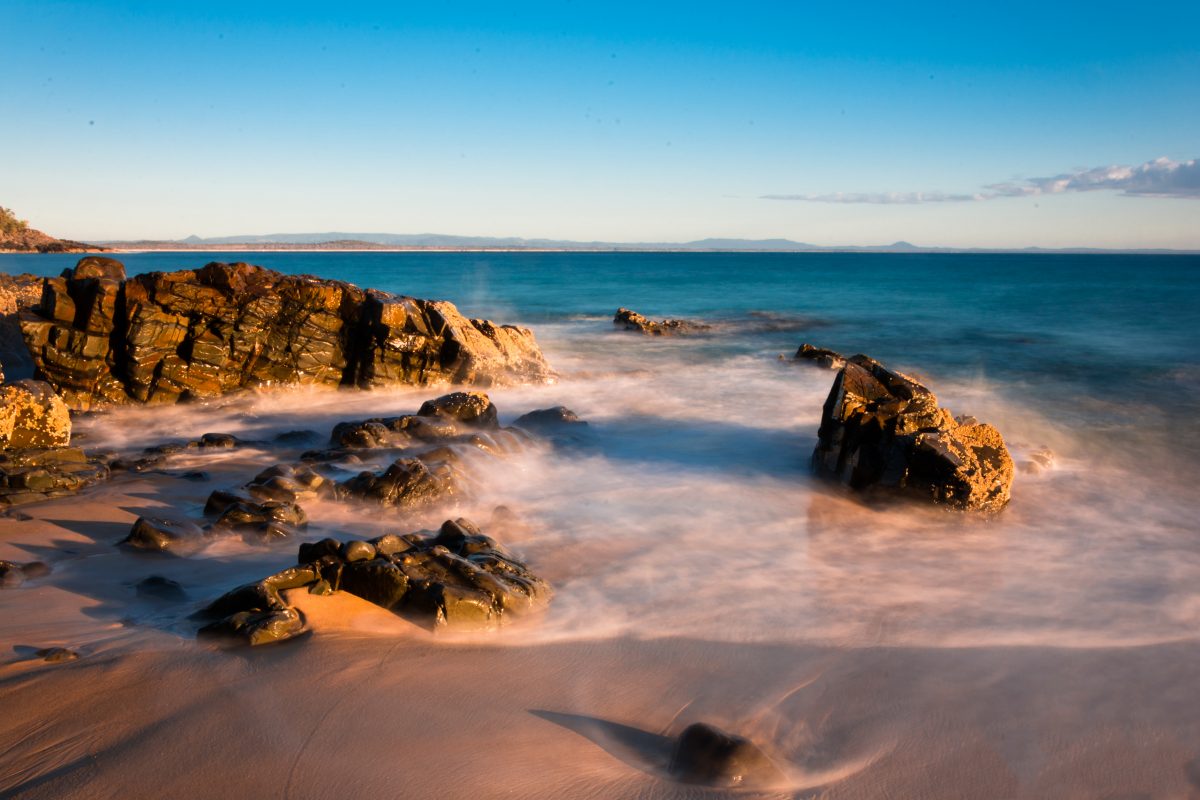
Noosa is one of the best beach destinations in Australia, but it has more than endless stretches of clean sand. The Noosa National Park is within a short drive from the center of town.
It offers stunning natural landscapes, wildlife, and an unparalleled sense of peace and serenity. If you’re ready to get off the beach and see more about what this part of the world has to offer, then it’s time to spend some time in Noosa’s green areas.
Why Visit Noosa National Park?
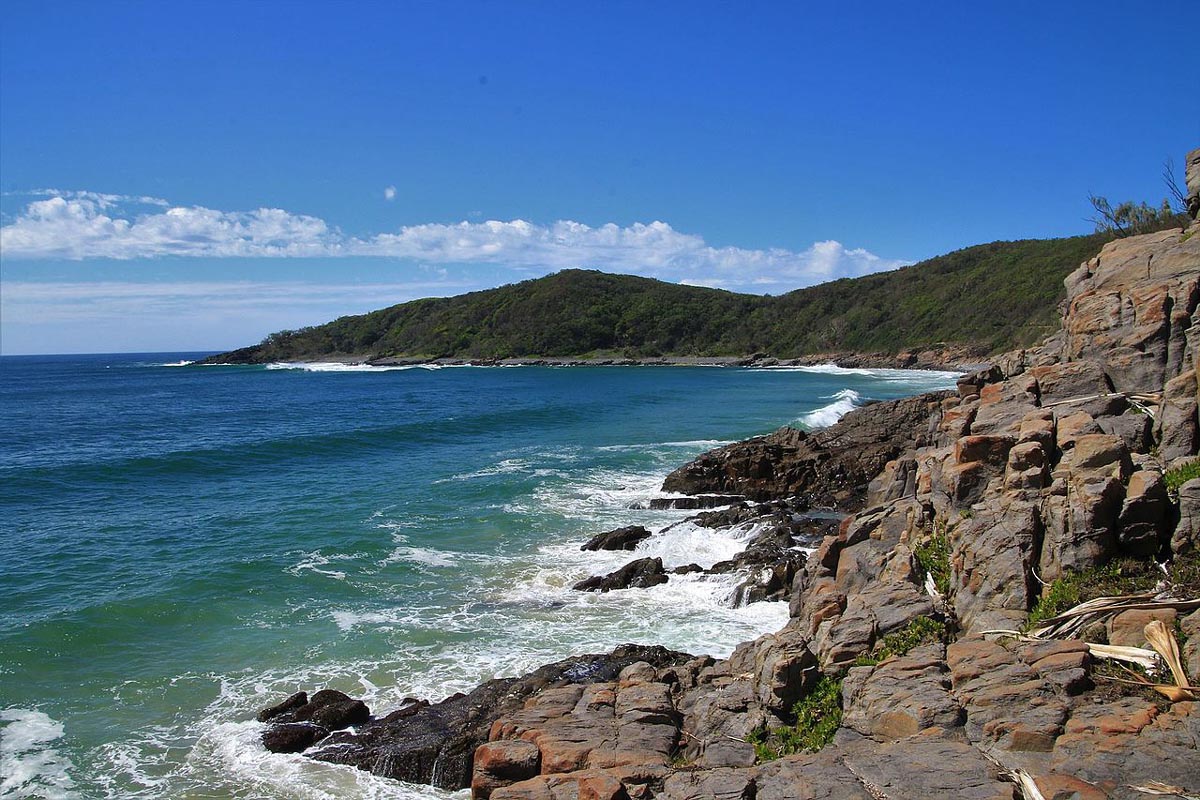
©Photo by Juan Jose Basagoiti Mancera on Wikimedia Commons
Noosa National Park has everything. It includes the stunning beach scenery of the Noosa Headland and areas around Lake Weyba, Coolum, and Peregian. Next to the streets and stone of the towns, the park is a wildlife sanctuary. It’s filled with woodlands, rainforest, eucalyptus forest, and some of Australia’s most popular animal residents.
The Noosa National Park is about 160 kilometers from Brisbane, the capital city of Queensland. And it’s temptingly close to the thriving center of town. Where else can you go shopping in boutiques and have a first-class meal within minutes from vibrant rainforests?
How To Get There
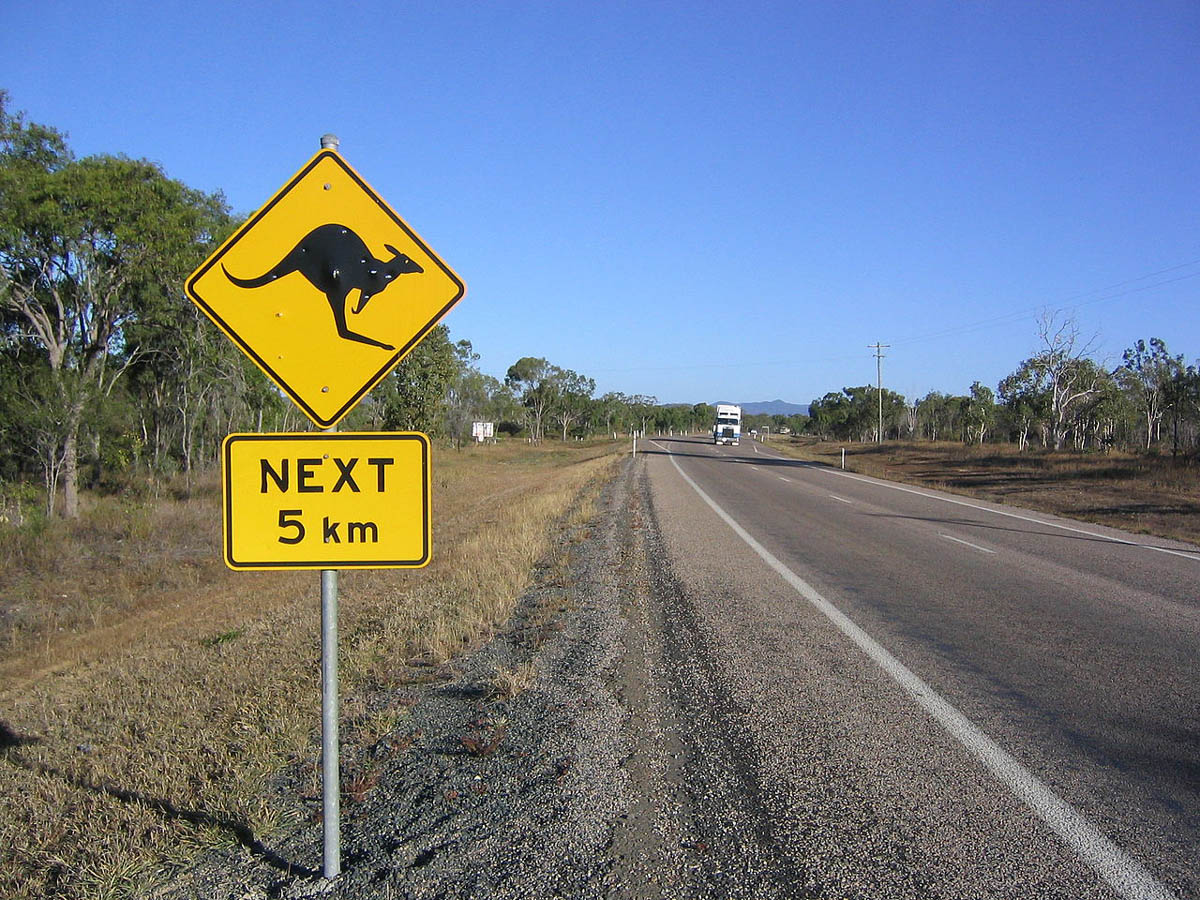
©Photo by Phil Whitehouse on Flickr
If you’re coming from Brisbane, then the Noosa National Park is just 160 kilometers north of the city. Take the Bruce Highway and the Sunshine Motorway north, and you’ll have a clear run to Noosa. Just be aware that parking is strictly regulated in the park to protect the flora and fauna. You’ll find 4-hour car parks at the Laguna lookout and the Headland section main entrance. The Headland car park is at the end of Park Road and the Laguna Lookout car park can be accessed from Viewland Drive.
If you’re already in Noosa, then you can walk to the Noosa National Park from the main street. Walk from Hastings Street to the main entrance along the seaside boardwalk, a stunning view on its own. This is an easy walk of around 1 kilometer. If you’re a little fitter and looking for a challenge, take the Yunaman Bushland Reserve walking track from Hastings Street. It’s around 2.4 kilometers going back and is a steep track with lots of steps.
You can also take a bus to the Noosa National Park. To get to the Park Road entrance, take the bus from platform 1 near Hastings Street.
Best Time To Visit Noosa National Park
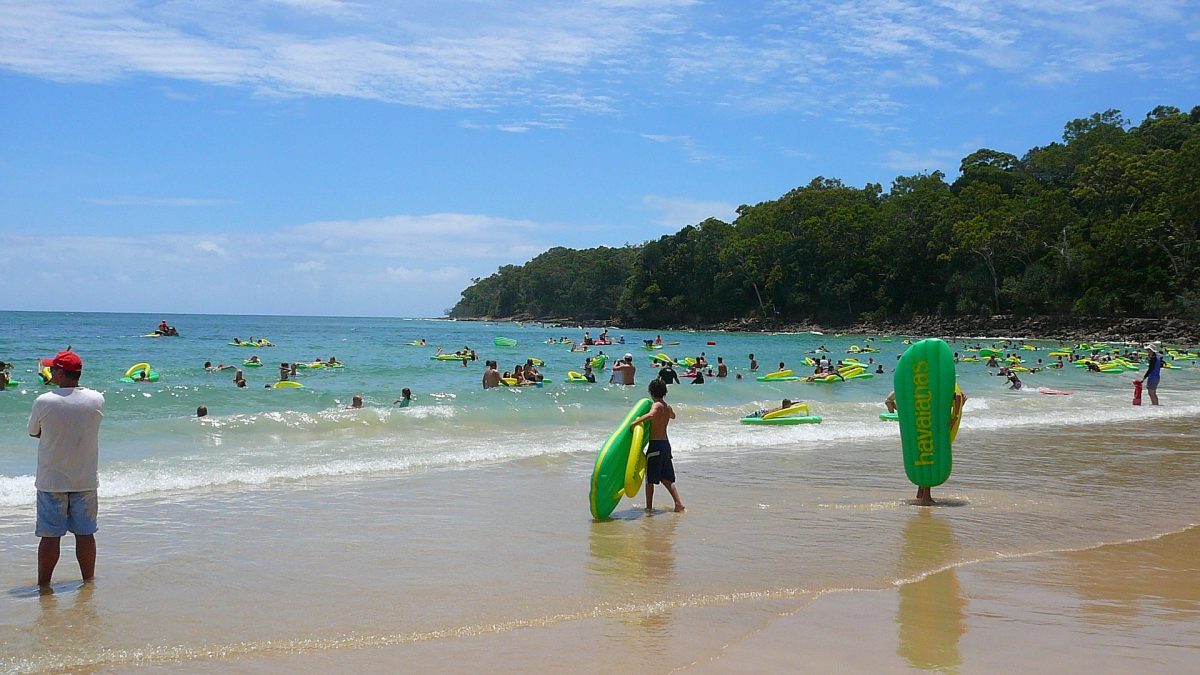
©Photo by mark1 on Pixabay
The Noosa National Park is open year-round, but there are certain times of the year when it’s better to visit. One general warning about the weather in this area: Australia gets very hot and that applies at the Noosa National Park, too. So no matter what time of year you visit, make sure you bring sunscreen and a hat and take plenty of water with you to avoid uncomfortable side effects from staying in the sun for long hours.
The weather in Noosa is actually quite reasonable compared to other parts of the country. Noosa Heads has a mild, subtropical climate with average daily temperatures in summer between 21 and 29°C. And it enjoys a mild winter as well, with temperatures between 10 and 21°C. The wettest time of year is between January and March, and it’s very humid at this time too, with the humidity at about 66%.
Although you can visit the park at any time of year, spring is the most popular. Between September and November, the weather is warm, with lots of sunshine and little rain. This makes it the best time to hike, explore the park, and see animals enjoying the sunshine as well.
Tickets And Opening Times
The Noosa National Park is completely free and open year-round. But if you want maps or more guidance during your stay, make sure you visit the Noosa National Park Information Centre. It’s located beside the Park Road entrance car park and is open from 9:15 am to 4:45 pm every day. Here you can get maps, information about animals in the park, and even recommendations for what to do and where to stay during your trip.
Once you have all the practicalities sorted out, it’s time to decide what to see while you’re in the Noosa National Park.
1.
Noosa Headland
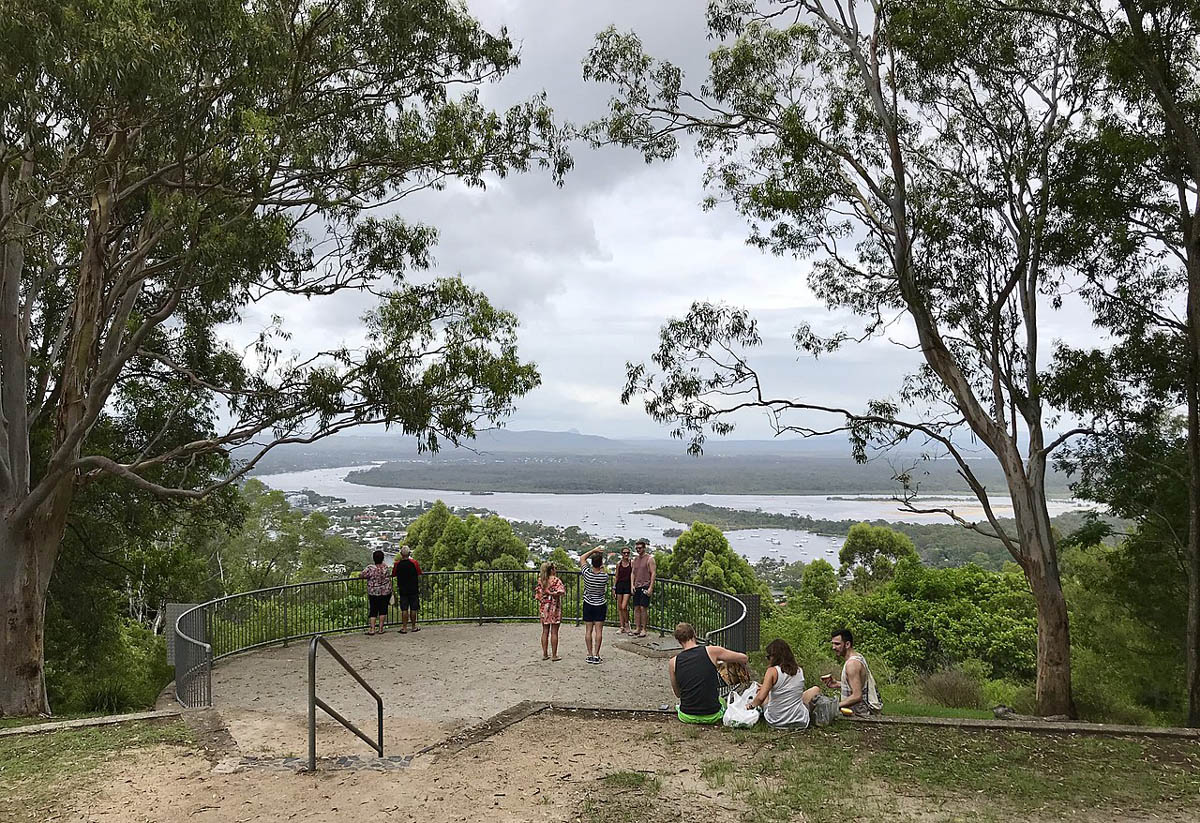
©Photo by Kgbo on Wikimedia Commons
Noosa Headland is the best place to start when you visit Noosa National Park. This day-use area is set up for picnics and barbecues and has stunning views of the ocean. The Noosa Headland also boasts the Laguna Bay lookout, with incredible views from Noosa to Cooloola that will take your breath away and look amazing in photos.
You can spend some time at Noosa Headland for a picnic or a barbecue with friends or family or use it as a starting point. A lot of the park’s walking trails start from this area, and there are also public toilets available. If you’re curious about the park, you’ll also find an outdoor information board with stories about the features and history of the Noosa National Park.
2.
Lake Weyba
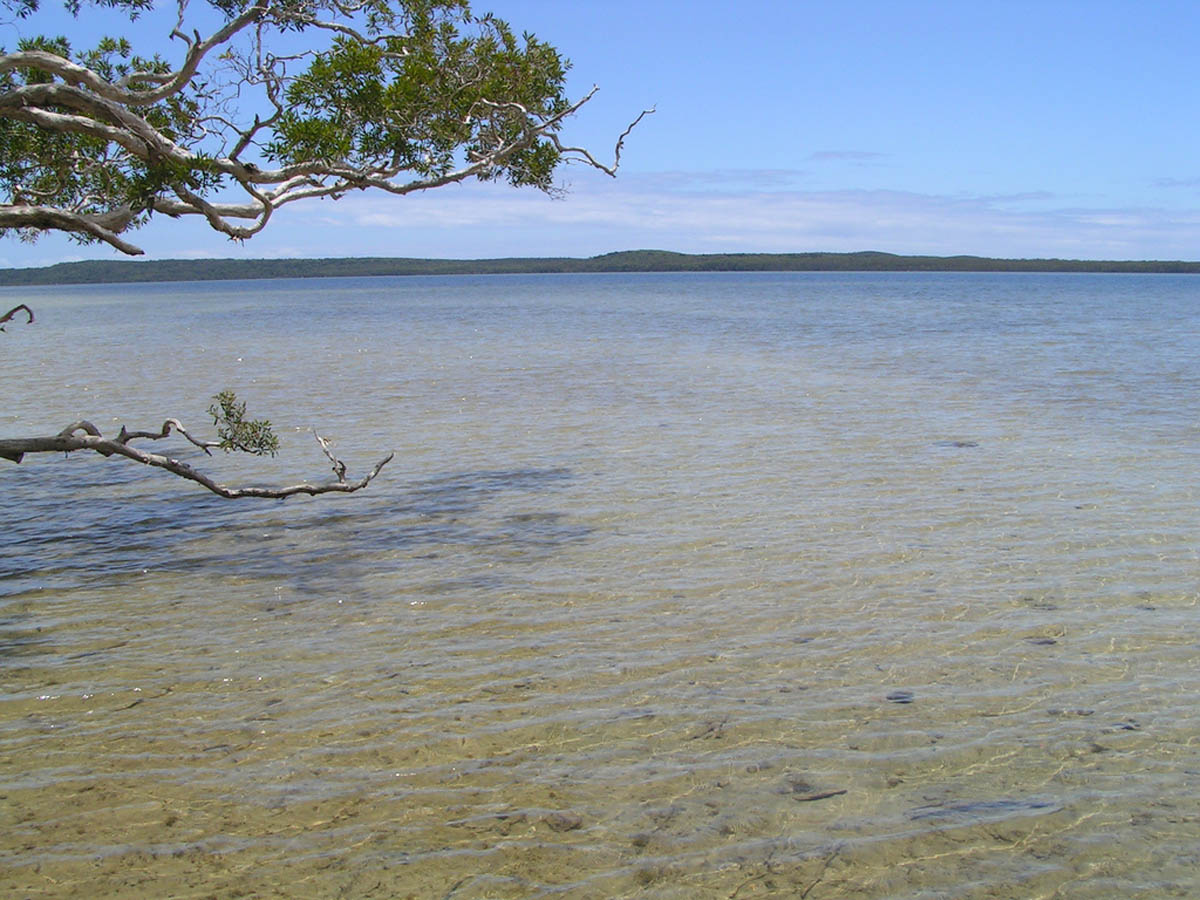
©Photo by Bjorn Bednarek on Wikimedia Commons
Lake Weyba is a shallow, saltwater lake in the middle of the Noosa National Park. It’s an important fish-breeding habitat and was once a key source of food for Australia’s Aboriginal tribes. The lake is a lovely, relaxing spot not far from the busy township, and it’s ideal for nature spotting as well.
If you’re the more active type of traveler, there are lots of activities available on Lake Weyba. You can go horse-riding along the shores, explore the waterways on a paddleboard or canoe, or try your luck at fishing. There are also lots of places to stay near the lake if you’re looking to extend your visit out of the town.
3.
Walking Trails
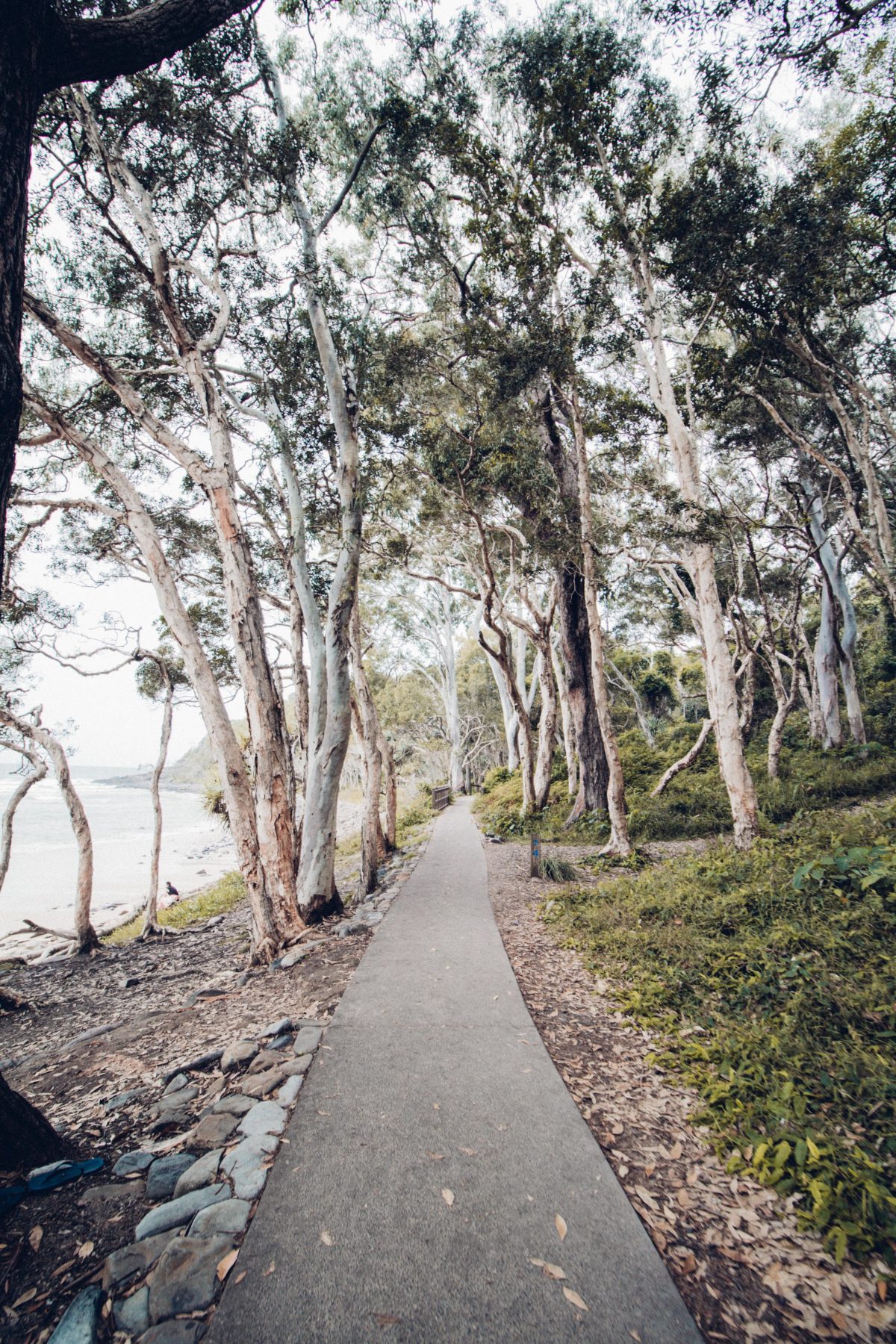
©Photo by Ghiffari Haris on Unsplash
There are amazing trails all through the Noosa National Park. The walks vary from easy to quite difficult and wind through the rainforest, across the woodland, and along the coast. So depending on which walk you choose to do, you can see most of the best attractions in the park, lots of wildlife and wildflowers, and spectacular ocean views.
Most of the walks start and end at the Noosa Headland, and they’re clearly marked and graded for all abilities. For an easy walk, try the 1.1-kilometer Palm Grove Walk, which will take you through the rainforest. The Tanglewood Walk is 8 kilometers return and is a relatively isolated, inland walk. This path is ideal for running and passes through shrub and heath country before passing by the famous Hell’s Gate.
The most popular walk in the Noosa National Park is the Coastal Walk. This follows the shorelines from Noosa Headland to Sunshine Beach. It offers stunning views all the way along and is almost 7 kilometers of intermediate level track.
4.
Sunshine Beach
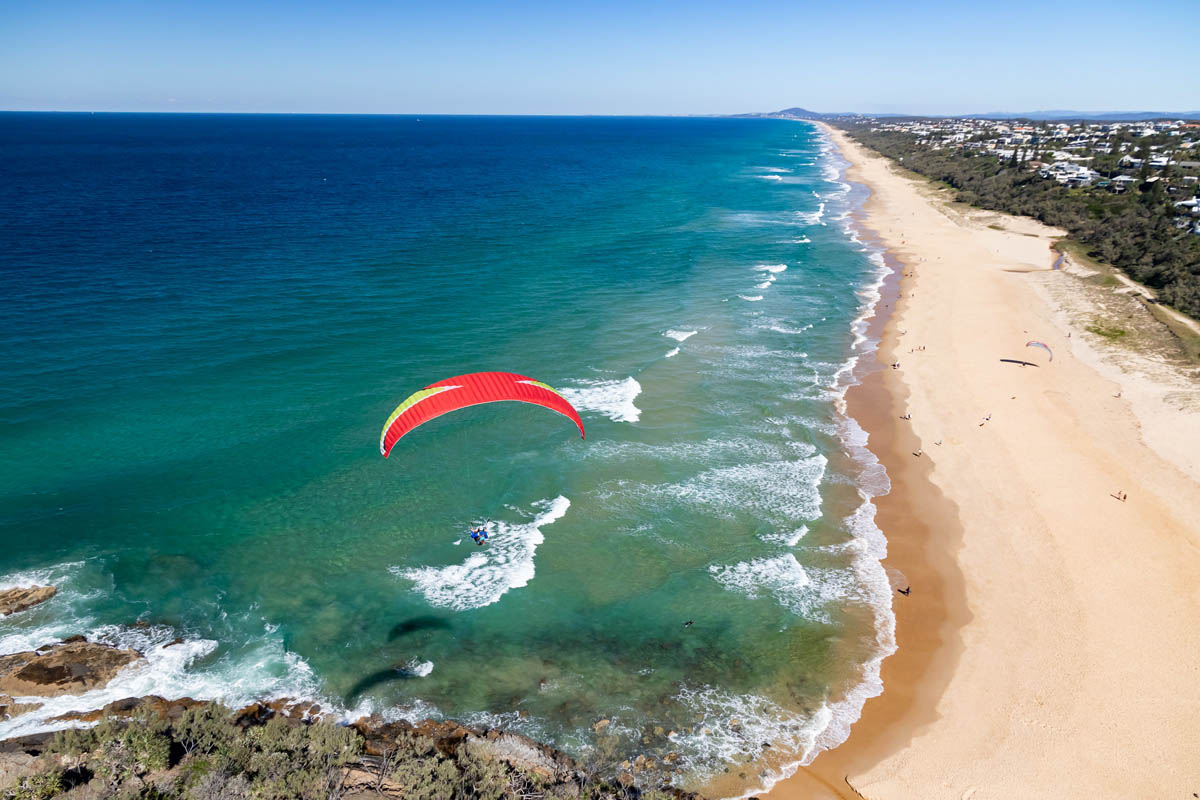
©Photo by texaus1 on Flickr
Sunshine beach is one of the few beaches that’s safe for swimming in the Noosa National Park. Australia’s waters are famously rough and many of them are unpatrolled by lifeguards. Tourists, who aren’t used to swimming in such wild waters, often get into trouble when they try to swim in Australia.
Sunshine Beach is different. It’s patrolled, so there will be someone there if you need help, and the waters are calmer than at other spots. So, grab your towel and some sunscreen and hit the water, or just lay on the sand and enjoy the sun.
5.
Koalas
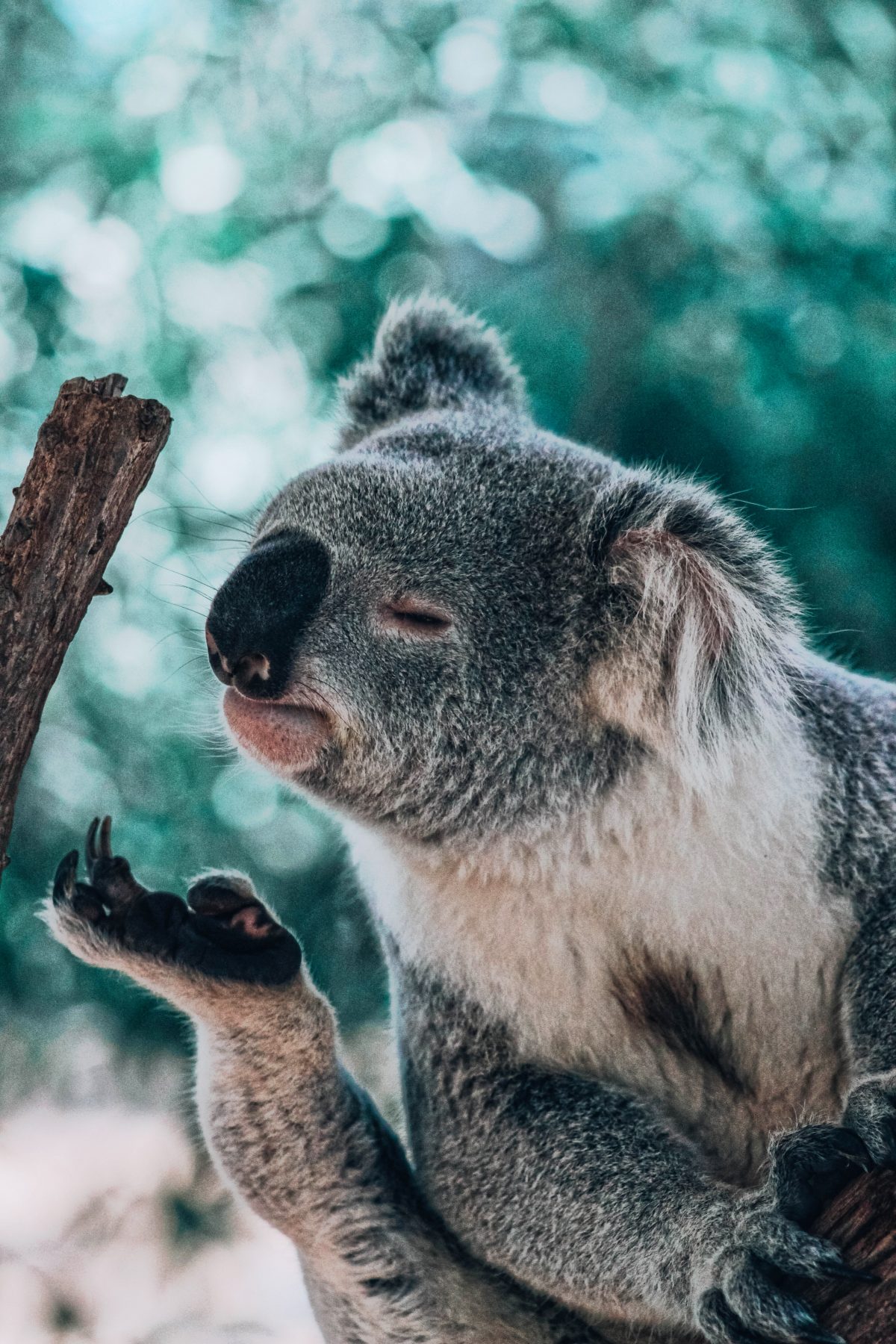
©Photo by Gilles Rolland-Monnet on Unsplash
What could be cuter than a teddy bear with big, fluffy ears, and a flat nose? Australia’s unique wild animals are famous around the world, none so much as the koala. This slow-moving, fluffy marsupial is found all over Australia and is one of Noosa’s most famous residents.
There are a lot of koalas living in the Noosa National Park, and they aren’t hard to spot. In fact, they’re regularly seen along the most popular pathways in the park, so all you need is a keen pair of eyes. If you’re really struggling, then head over to the park’s information hut where they can tell you about recent sightings and popular koala hangouts.
6.
The Fairy Pools
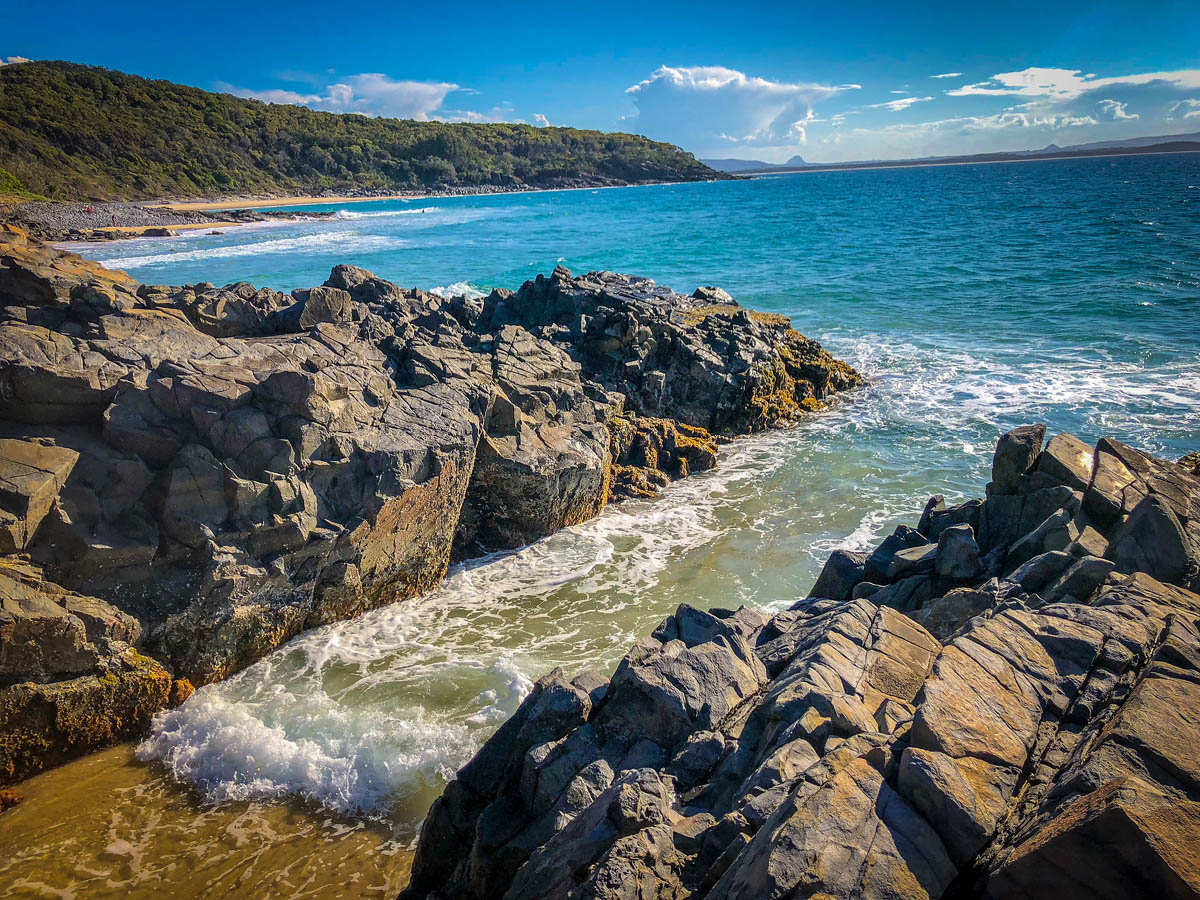
©Photo by Andy Hay on Flickr
If you’re looking for somewhere to swim in the Noosa National Park but are concerned about the ocean, then try the Fairy Pools. They’re two natural tidal pools filled with coral and marine life. Located west of the headland at the eastern end of Granite Bay, the pools are secluded and relatively ignored by tourists. Unfortunately, only the larger pool is separated from the ocean at high tide, but if you time your visit for low tide, you’ll get to explore both of them.
Take goggles and a mask with you to explore the pools and the marine life within. There’s also a nice cobblestone beach to the west of the pools when you get tired of scrambling over the rocks. The easiest way to access the pools is to park at the Little Cove beach car park and walk. Take the coastal path past Granite Bay and Tea Tree Bay. Look for a bench after the sign for Picnic Cove. From there, it’s a short scramble down over the rocks from the lookout to the pools.
7.
Alexandria Bay
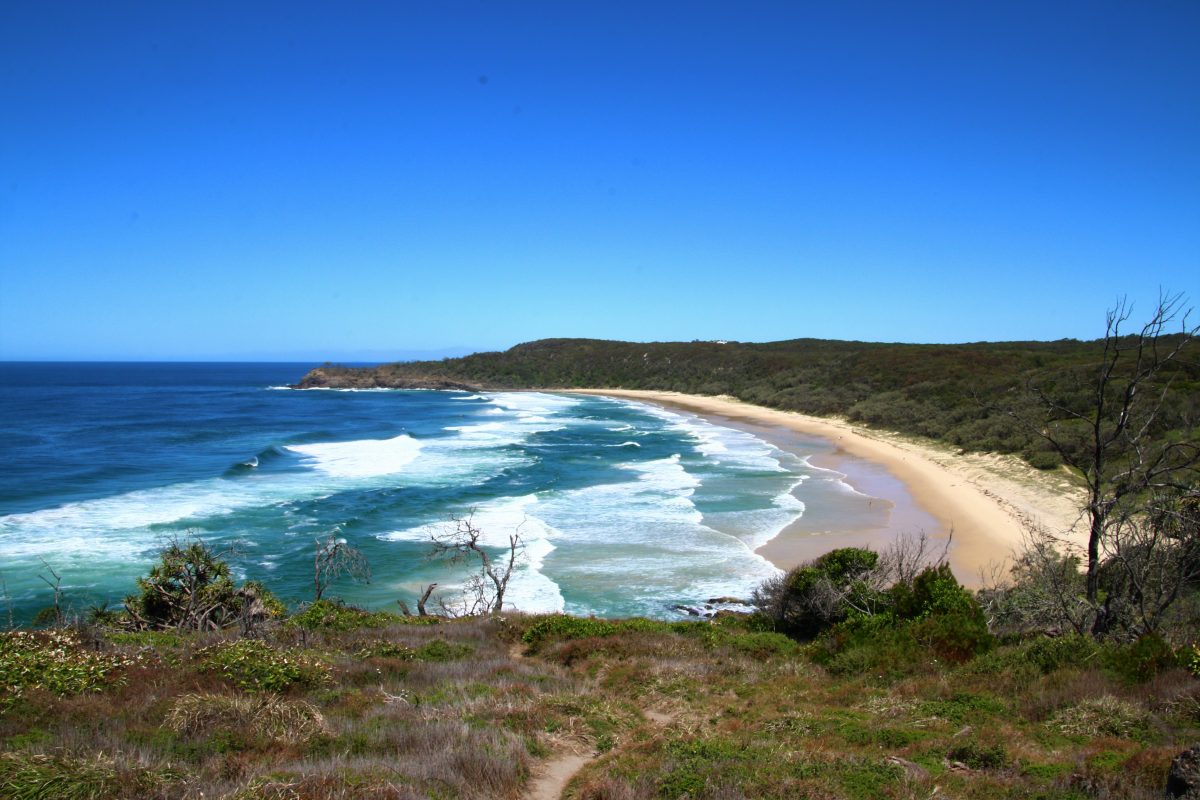
©Photo by Juan Jose Basagoiti Mancera on Wikimedia Commons
Alexandria Bay is a dramatic sweep of sand and ocean in Noosa National Park. The park is between Hell’s Gates and Devils Kitchen, and it’s a relatively isolated spot where you can relax away from the crowds. To reach the bay, you can take a scenic 3-kilometer hike to the spot or park at McAnally Drive in Sunshine Beach and take the shorter, 20-minute track. But once you’re there, it’s the ideal place to read, relax, and watch the surfers battle the waves.
If you’re a strong swimmer or like to go surfing, this is a great place to visit. But you need to be cautious, particularly if you aren’t used to strong currents and waves. The waters in this part of the coast are wild and unpredictable, and there are no lifeguards. Swimmers can get into trouble easily or be swept away with no help in sight. So, stay close to the shore, and don’t try to test your luck in deeper water unless you’re sure you can handle it.
8.
Emu Mountain
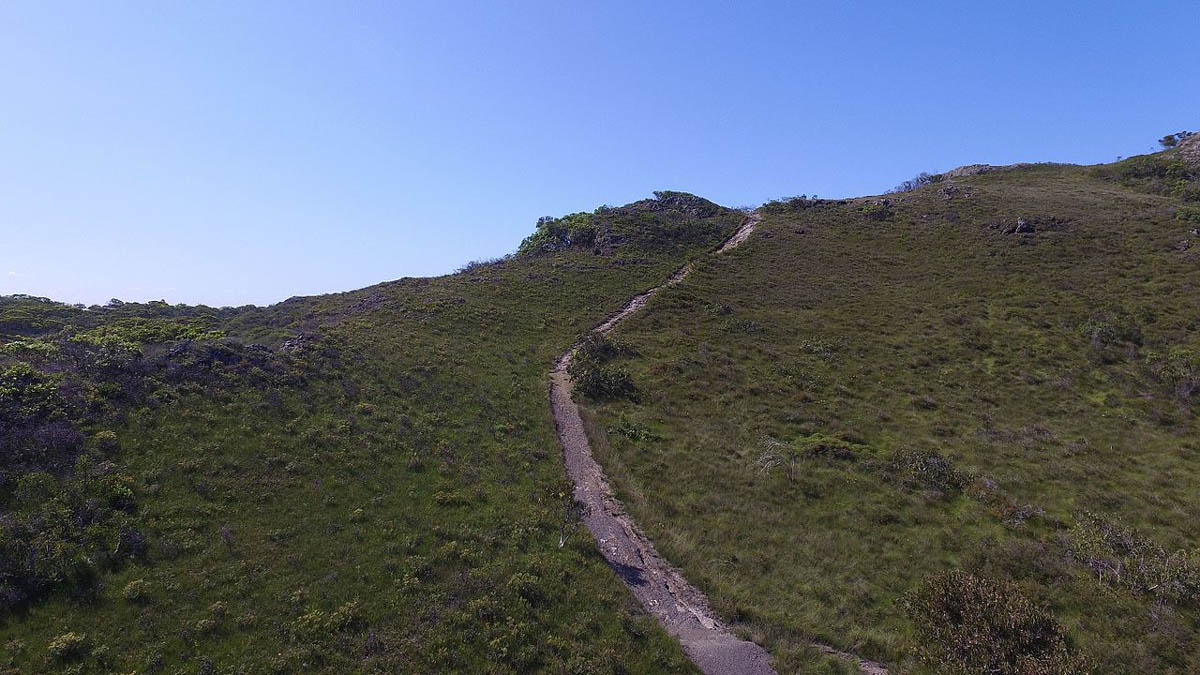
©Photo by CharlieT86 on Wikimedia Commons
If you’re visiting with young children or just don’t want to get too sweaty, then take a walk up Emu Mountain. Located between Coolum and Peregian Beach in the Noosa National Park, this is an easy walk with a great pay off. The mountain gets its name from the Aboriginal word Peregian, which means emu. And it’s one of the best places in the park to look for humpback whales or just enjoy the ocean views.
You can get to the top of the mountain in around 20 minutes, and it’s an easy walk on a smooth path. You’ll find the path easily once you’re on Havana Road. If you turn into the High School turn-off you will see a Queensland Parks and Wildlife information board. Park the car there and start walking. On the way up, keep an eye out for some unique Australian plants and bushes. Plants such as the Allocasuarina Emuina, Scribbly Gum, Wallum wildflowers, and Tumble Down are all found on the mountain.
9.
Wildlife Treks
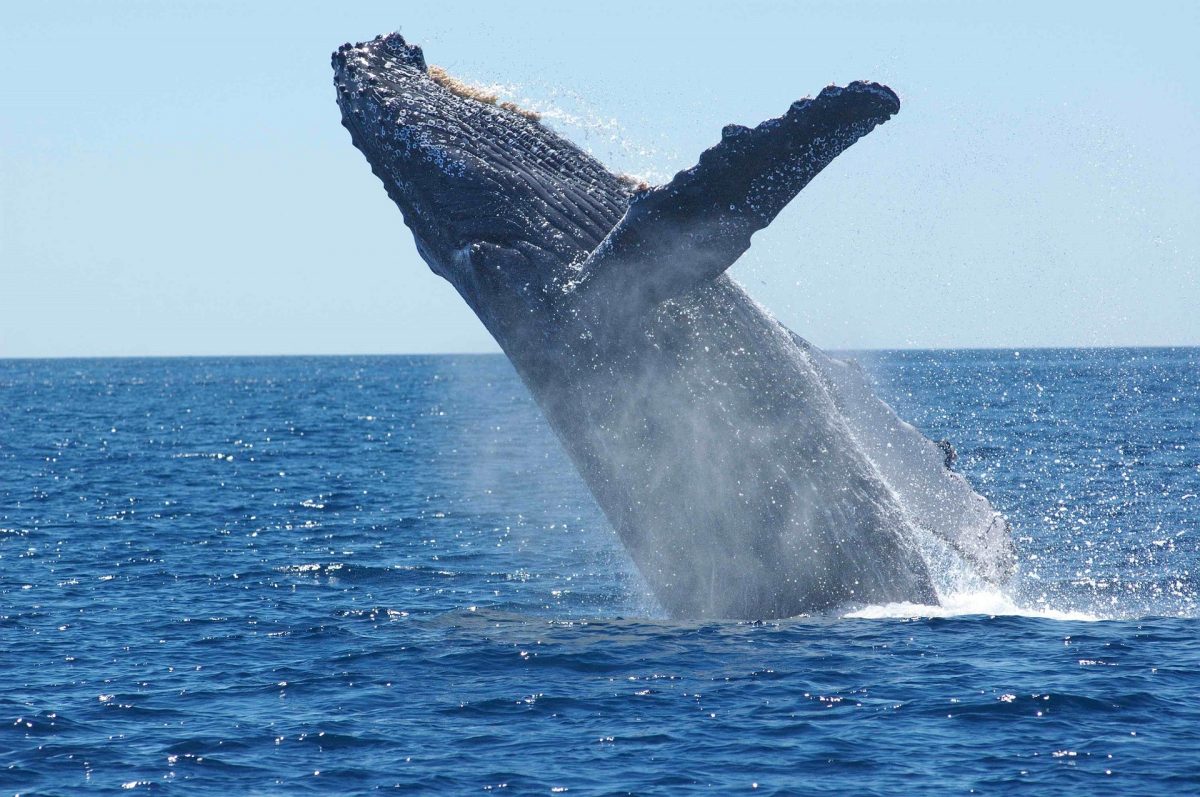
©Photo by skeeze on Pixabay
You can’t visit the Noosa National Park without seeing some of Australia’s famous wildlife. There’s a lot of different, unique species living in the park and passing by in the nearby ocean. Between June and November, humpback whales can often be seen passing the coast on their journey to and from the northern breeding grounds. One of the best places to watch this amazing event is on the Coastal Track.
If you want to see more sea creatures, then try Hell’s Gates, Boiling Pot, or Dolphin Point for sea turtles and dolphins. And in the heart of the Noosa National Park keep an eye out for black cockatoos, echidnas, and ground parrots along with other uniquely Australian animal species.
10.
Hell’s Gates
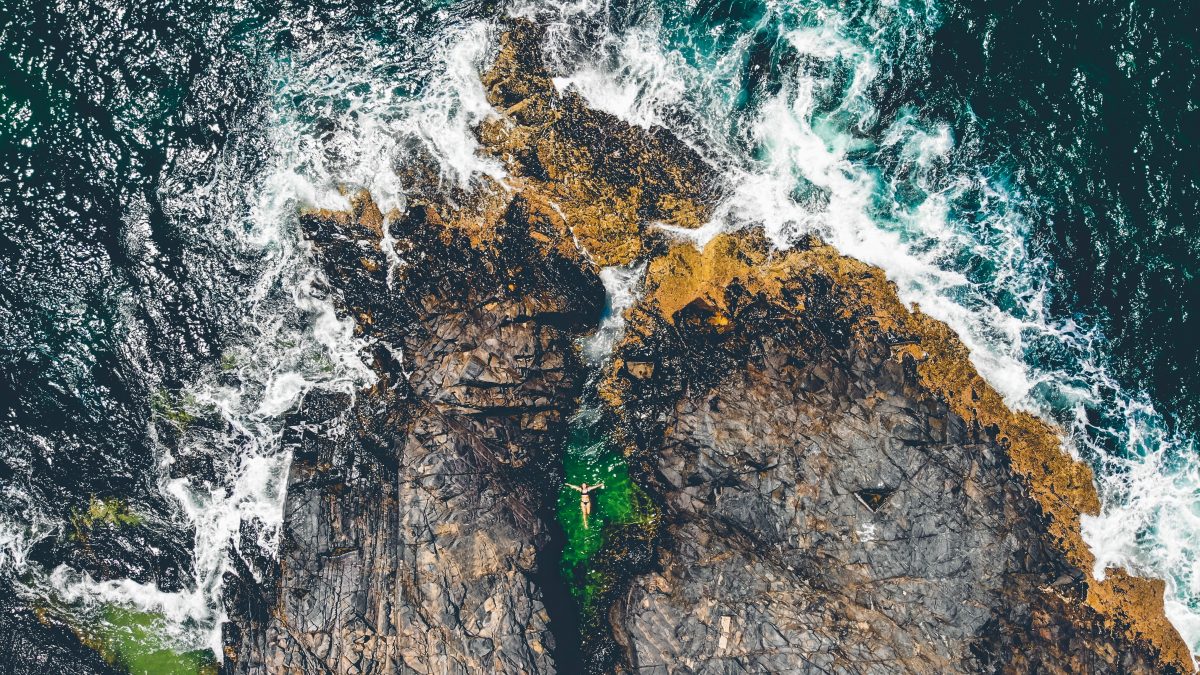
©Photo by Carles Rabada on Unsplash
This dramatic area lives up to its name. Located in the Noosa National Park, Hell’s Gates is a high bluff with incredible views of the ocean. You can see all the way north to Double Island Point and south to Alexandria Bay from this spot. And if you’re visiting the park to see the humpback whale migration, there’s no better spot than this.
You’ll have to hike a bit to get to Hell’s Gates, but once you’re there the views will stun you. Keep an eye out for dolphins and turtles in the water. You may also see pied cormorants drying their wings on the rocks. There are lots of amazing birds of prey in the area too. They go fishing in the ocean, and if you’re really lucky you’ll see one catching its lunch. Just be careful at the lookout, because there’s no safety rail to keep you from falling. And the rocks are a long 10 meters below.
The beautiful Sunshine Coast is a dream destination for anyone who loves animals, great weather and the beach. While you’re visiting Brisbane, take a break from the city and make sure the Noosa National Park gets crossed off your bucket list.

